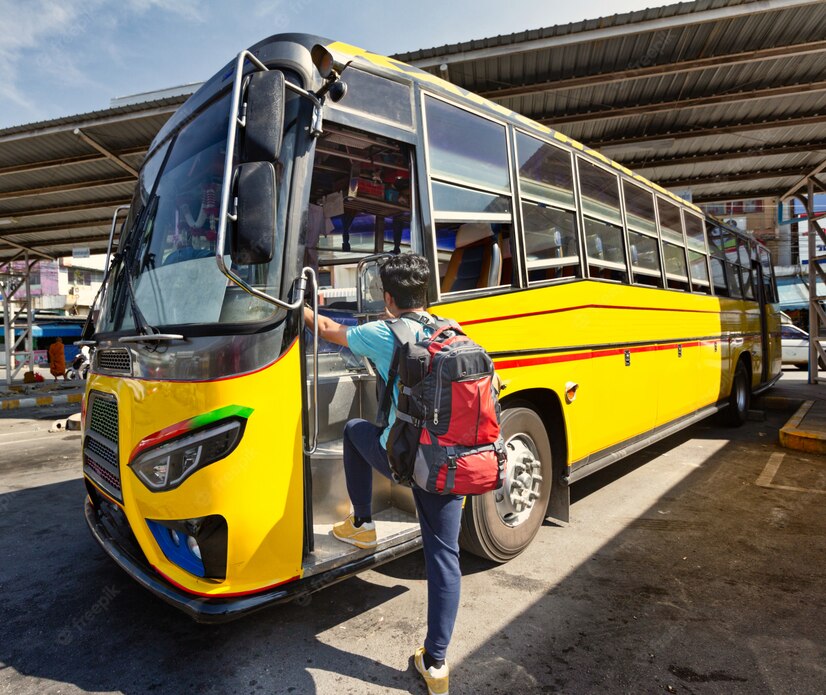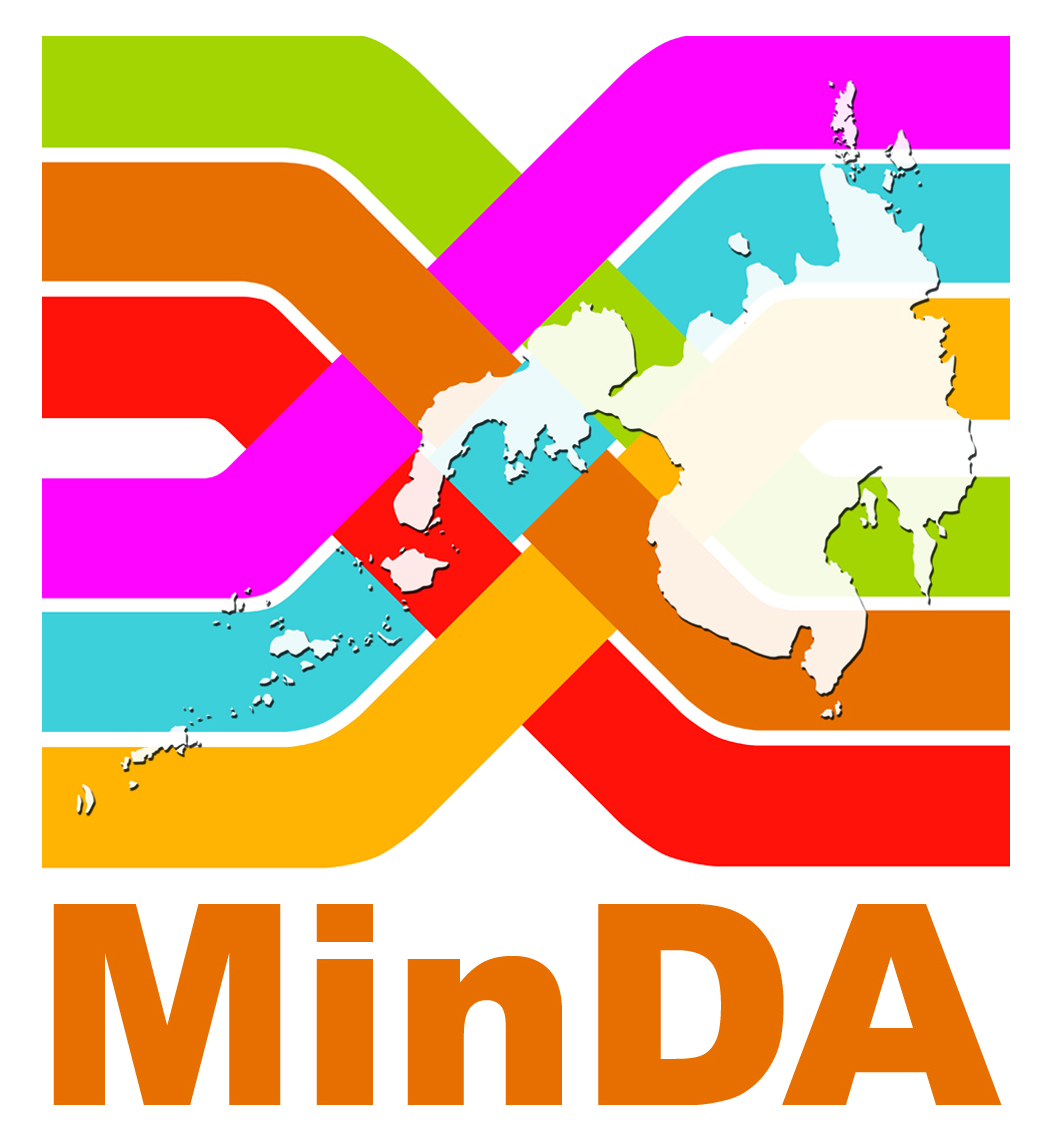City Transportation
Socioeconomic Issue in Spotlight

Traffic congestion is a major problem in many cities. A 2019 Japan International Cooperation Agency (JICA) report attributes the worsening problem of traffic congestion in Metro Manila to the volume of vehicles, which expanded by 1.5 times from 2006 to 2015.[1] At this rate, JICA projects that the volume of vehicles will increase by 2.25 times by 2035. Meanwhile, transport demand will increase by 125 percent—from 18.4 million trips/day to 22.9 million trips/day by 2035.
Epifanio de los Santos Avenue (EDSA), a circumferential highway around Metro Manila, is not only known for the site of the so-called People Power Revolution but is also notorious for its dreadful traffic condition and the capital’s busiest highway. Domingo et al. (2015) revealed that the country spends roughly PHP 5.5 billion yearly on EDSA’s infamous traffic. It also revealed that 12,595 buses ply Metro Manila routes and from the capital to provincial destinations and vice-versa.
To solve the aggravating traffic along EDSA caused by the high volume of buses, Llanto and Gerochi (2017) suggest reforming the bus market. According to them, the best approach would be the “competition for the market” framework wherein bus operators will be merged to form bus consortia, and only those that comply with the standards set by the government would be permitted to operate. This reform will “provide high-capacity and efficient bus services” that offer low-cost and immediate solutions.
Poor urban infrastructure also contributes to increased congestion. In their study, Navarro and Latigar (2022) flagged the poor and inadequate state of the country’s road and rail transport sector. According to them, the rail transport sector has “suffered years of neglect despite recent attempts to catch up in expansion and improvement”. The same authors observed that many goals outlined in the Philippine Development Plan, Public Investment Program, and expenditure program were not achieved. The low absorptive capacity of the agencies in charge of the road and rail transport sector suggests problems in implementation. Digging deeper, they found that the persistent issues are right-of-way acquisition, financing, political intervention, weak capacity at the local government level, natural calamities, and project management issues.
The government implemented the Public Utility Vehicle Modernization Program (PUVMP) to improve the public transportation service and passenger and commuter welfare. The program aims to address problems related to traffic congestion, air pollution, reduced road capacity, and inefficiency in public utility vehicle operations, among others. Based on her analysis, Estipular (2020) revealed that the PUVMP has been too focused on vehicle replacement. She emphasized that “sequencing the implementation of the PUVMP is very critical” and “it could have started with regulatory reform, Local Public Transport Route Plan formulation and submission, and route rationalization before embarking on fleet modernization.” These, she said, will “give stakeholders better appreciation of the program and additional grace period and more time for the operators/drivers to prepare”.
During the COVID-19 pandemic, biking has emerged as an alternative mode of transportation for many Filipinos. Tacadao and Villena (2020) found that many have resorted to biking as a means of transportation due to the limited transportation option in Metro Manual during the pandemic lockdowns. A factor that affects an individual's bicycle use is the presence of infrastructure facilities such as bicycle parking lots and lanes. Thus, they urge policymakers to involve the bicycle community in policymaking. This could be done by creating a bicycle (and pedestrian) advisory committee, which could be under the supervision of an agency that handles traffic and transportation affairs, such as the Metro Manila Development Authority and the Department of Transportation, or at the local level, under the supervision of the city council/municipal board.
Iloilo City has been hailed as the most bike-friendly city in the country. Macalalag (2021) found that the city’s bicycle infrastructure primarily attracted its citizens to use their bicycles as a form of transportation. Majority of the study respondents use cycling for leisure. The same author found that the gradual growth of cycling infrastructure is directly proportional to the increase in cyclists. Iloilo City’s cycling culture has been a success due to investments in bicycle facilities, which benefit existing cyclists and will attract more cyclists in the future.
SERP-P has resources tackling city transportation. Below are some of them:
- Diagnostic Report on the Bus Transport Sector
- Competition for the Market: A Policy Framework for Improving Bus Operation along EDSA
- Road and Rail Transport Infrastructure in the Philippines: Current State, Issues, and Challenges
- Looking into the Implementation of the Public Utility Vehicle Modernization Program
- Bike to Work: A Survey on Use of Bike in the Time of COVID-19 Pandemic
- Infrastructure Attracts: The Case of Iloilo City's Cycling Infrastructure
For more studies, simply type “transportation” and other related keywords in the search box of the SERP-P website.


